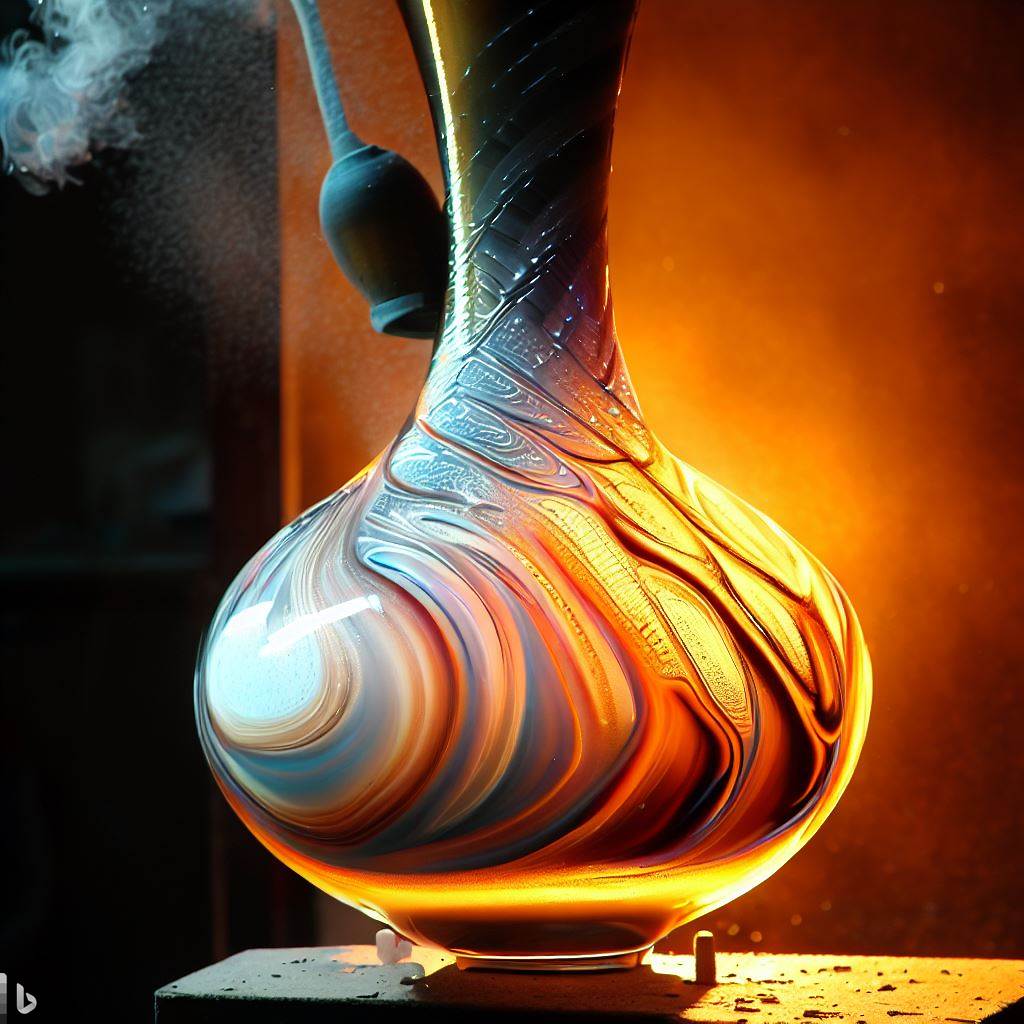The Timeless Allure of Hand-Blown Glass Art
For centuries across cultures, hand-blown glass objects have possessed an irresistible magic. The technical intricacy married with fluid artistry gives handcrafted glass a soulful character unmatched by manufactured products. Exploring what makes objects produced through this ancient technique so treasured reveals why human breath invested into molten sand can create treasures that withstand time.
Mesmerizing Process Made Tangible
Part of blown glass’s mystique traces to the extraordinary process used to create it. Imagining the intricate choreography of spinning, blowing, and working 2,000 degree molten liquid into delicate patterns sparks awe. Hand-shaped glass retains evidence of its molten origins through gentle irregularities that reflect the human-directed flow of hot glass.
Running fingers over ribs, bubbles, and striations makes tangible the traces of careful artistry. Their subtle presence gives hand-blown glass a magical quality beyond clinical perfection. Each piece silently conveys the dance between master and material culminating in its form.
One-of-a-Kind Uniqueness
Since no two gatherings of glass are identical, each hand-blown object emerges utterly unique. The multitude of variables from temperature, positioning, and handling bestow a distinct character. Even repeating the same form yields countless tiny variations. This rarity adds greatly to hand-blown glass’s cachet.
Uniqueness also arises from the maker’s mood and vision in the moment. Their breath materially transfers inspiration into the pliant glass. Each finished work captures a singular creative act between artist and medium through this intimate embodiment.
Human Imperfection Allowed
Whereas machine replication aims for flawless uniformity, the handmade nature of blown glass embraces imperfection. Asymmetry and irregularities reflect the human touch. Designating any hand-blown piece as the definitive example would be absurd. The process follows natural rhythms rather than mechanical dictates.
Glassblowers balance control with letting the material guide shape organically. Little irregularities bring charm and authenticity to the finished work, proving its origins in human hands. Perfection matters less than poignant expression.
Specialized Skills Passed Down
The expertise required to masterfully shape hot glass gets preserved and expanded through generations of artisans. Most train under master glassblowers through apprenticeship, assimilating wisdom painstakingly gathered over decades. This continuity of knowledge through direct transmission forges bonds between glassblowers across time.
Today’s masters thus link back to early pioneers of their techniques. Each practitioner sustains irreplaceable skills passed down across centuries. This cultural heritage lives on through their breath into the glass.
A Connection to Regional Heritage
Local glassblowing traditions embed cultural history into the glass. Whether Venetian vases, Irish cut crystal, or Swedish overlay work, techniques arose from specific times and locations. When used today, they celebrate regional connections and distinctiveness.
For instance, Vermont’s Maple Syrup Glass Company creates maple leaf scenes encapsulated in glass as iconography harkening back centuries. The geographical roots shape local style and identity. Blown glass becomes a lens for understanding people and place.
The Past Brought to Life
On a broader level, blown glass transports us imaginatively into eras when it represented cutting-edge achievement. Beholding an intricately cut 19th century decanter conjures images of penthouse cocktail parties. Delicate Venetian filigree sends us down canal-lined streets. Glass taps into collective nostalgia for past grandeur.
Through its highly crafted nature, glass also conveys the joys of pre-digital existence when mastery demanded lifelong dedication. Their very survival honors slower values rooted in community, patience, and craft.
The Poetry of Molten Light
Economic upheavals may threaten age-old glassblowing villages and factories, but hand-blown glasswork perpetually finds patrons who value its warm, resonant humanity. Derived from sand and breath, shaped through choreography between fire and body, these lucent objects contain poetry. Their halcyon glow suffuses homes with calm, beauty, and wonder, reminding us why the heart-filled creations of human hands will always inspire.
